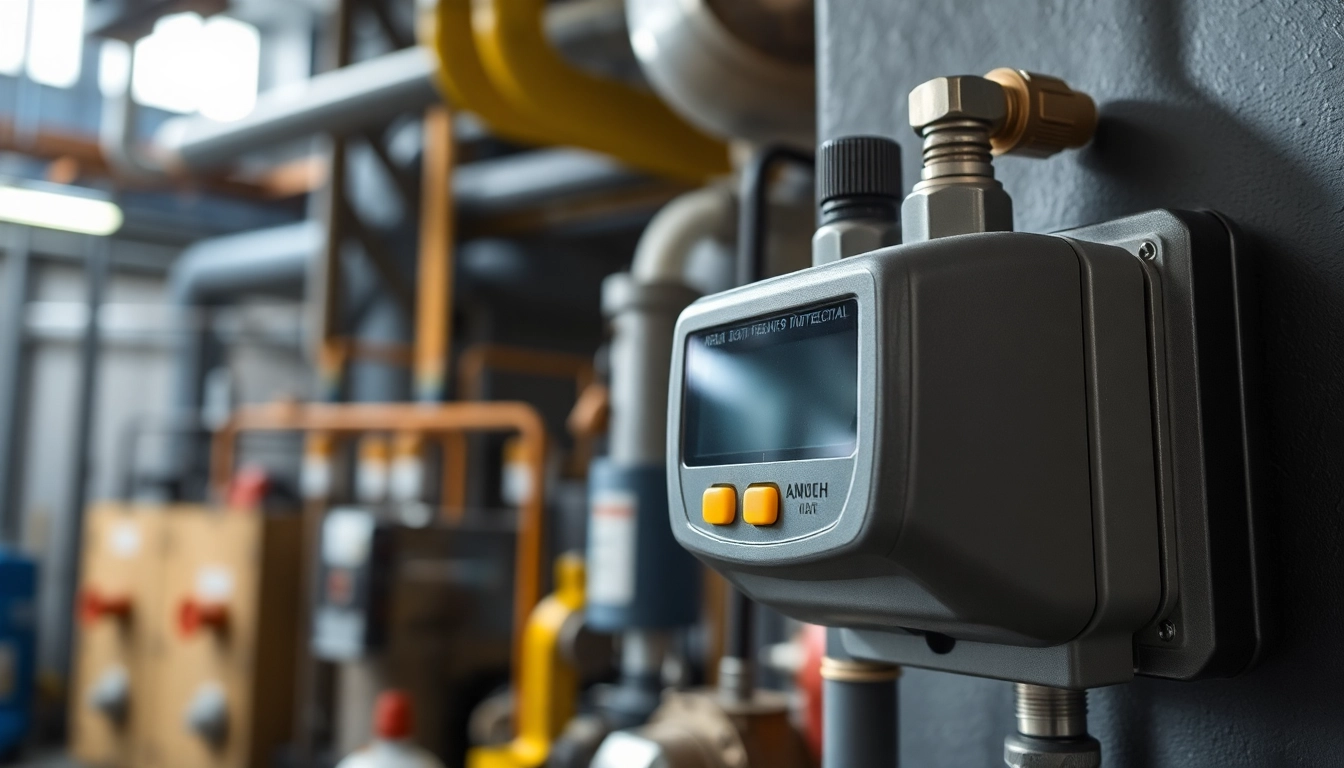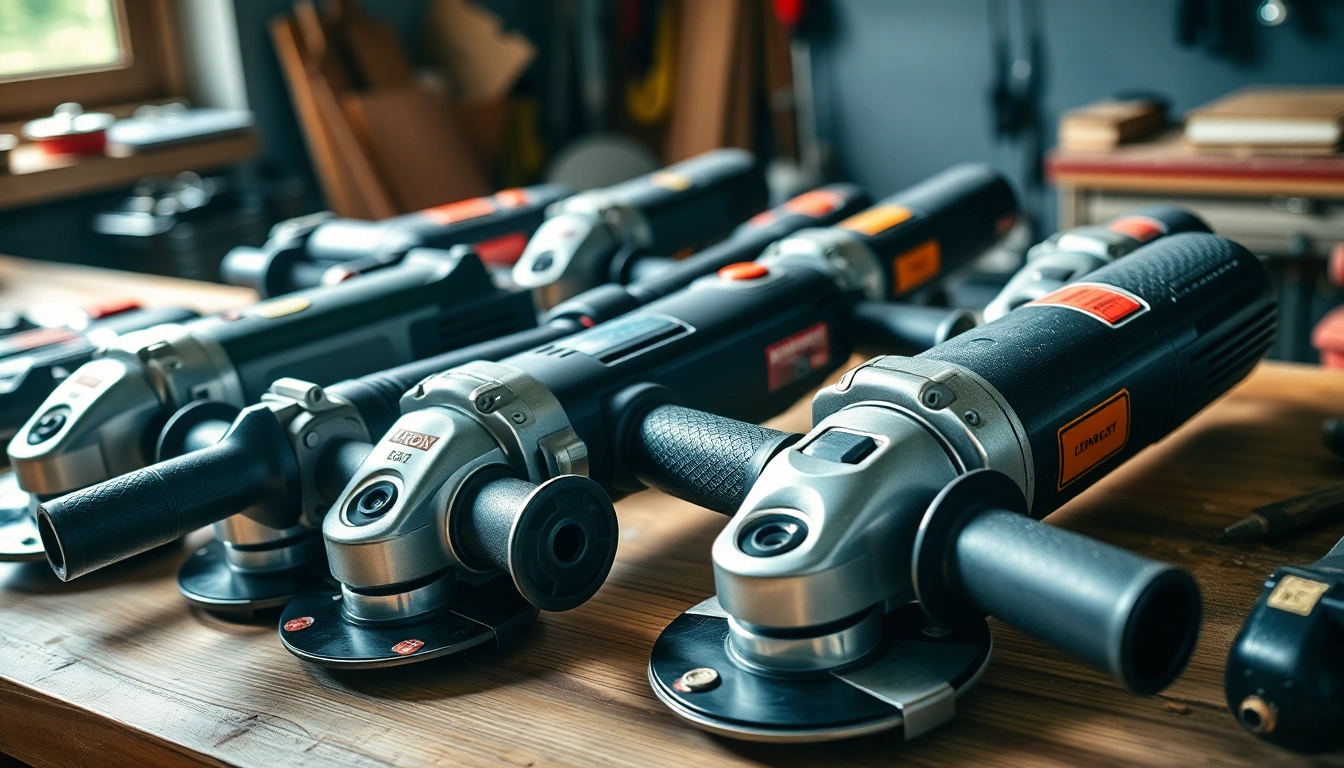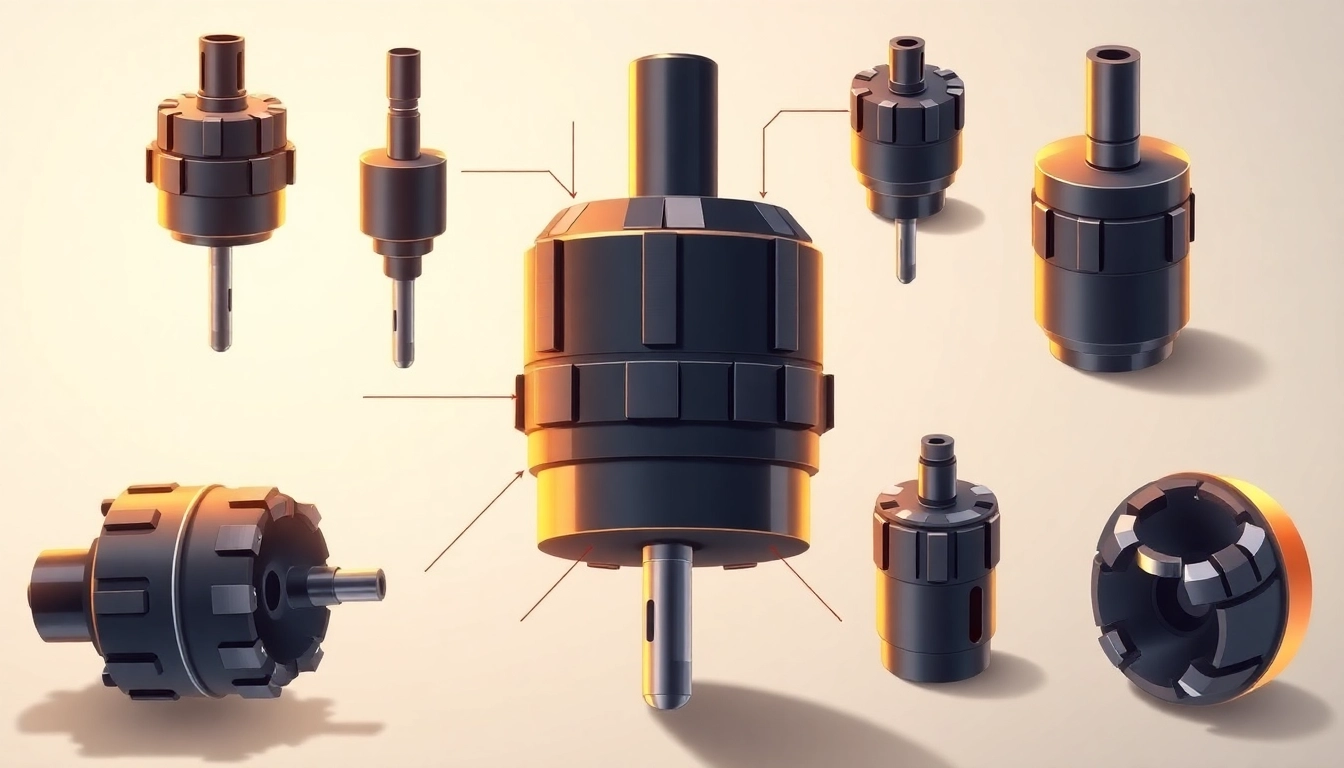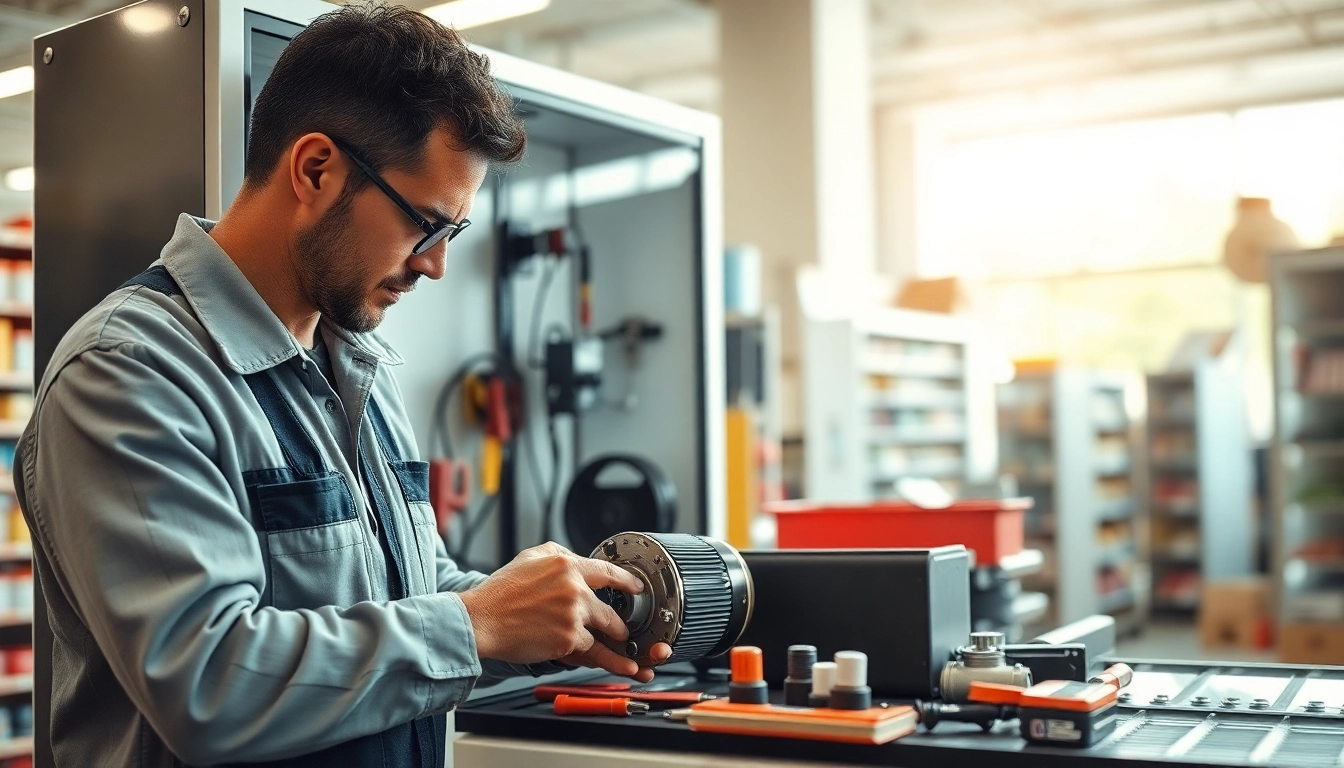Understanding Ammonia Detectors
In environments where ammonia (NH3) is present, the protection of employees and operations hinges on the accurate detection of this colorless gas, known for its pungent odor and corrosive nature. An ammonia detector provides a critical line of defense against potential leaks and exposure. This comprehensive guide delves deeply into ammonia detectors, illustrating what they are, the technology behind them, their applications, and how to select the right one for your needs.
What is an Ammonia Detector?
Ammonia detectors are safety devices specifically designed to sense the concentration of ammonia gas in the environment. They are commonly used in various settings, including industrial facilities, agricultural environments, and residential areas where ammonia is utilized or stored. High atmospheric concentrations of ammonia can lead to severe health impacts, making these detectors essential for ensuring safety and compliance with environmental standards.
Types of Ammonia Detectors Available
Ammonia detectors are available in various forms, which can be broadly categorized into:
- Portable Detectors: These handheld devices are convenient for personal safety and field inspections. They are ideal for workers who may be in close proximity to ammonia sources and are tasked with monitoring air quality continuously.
- Fixed Detectors: Installed in permanent locations, fixed ammonia detectors provide continuous monitoring of specific areas, such as near storage tanks or processing equipment. These units often integrate with alarm systems to alert personnel of gas presence.
- Multi-Gas Detectors: Some detectors are capable of sensing multiple gases, including ammonia, carbon dioxide, methane, and many others. These multifunctional devices are particularly useful in complex environments where different gas types may pose risks.
Key Benefits of Using Ammonia Detectors
Implementing ammonia detection systems brings numerous advantages, such as:
- Enhanced Safety: Early detection of ammonia leaks can prevent exposure, ensuring the safety of employees and the surrounding community.
- Regulatory Compliance: Many industries must adhere to strict safety standards regarding hazardous gases. The installation of ammonia detectors helps companies comply with occupational health and safety regulations.
- Cost Savings: Preventing accidents by detecting ammonia leaks early can save organizations from costly chemical exposure incidents, legal liabilities, and operational downtime.
- Improved Emergency Response: Quick detection allows for faster emergency response, enhancing the effectiveness of evacuation and mitigation measures.
How Ammonia Detectors Work
Principles of Ammonia Detection Technology
Ammonia detectors operate on various principles of gas detection technology. The choice of technology depends on the application, desired sensitivity, and environmental conditions. Key detection methods include:
- Electrochemical Sensors: These sensors rely on chemical reactions that generate a current proportional to the gas concentration. Electrochemical sensors provide quick response times and are commonly used in portable detectors.
- Infrared Sensors: Infrared technology detects gas through absorption of infrared light; the wavelength of the light absorbed correlates to the concentration of ammonia. This method is effective for remote monitoring.
- Metal-Oxide Semiconductor Sensors: These sensors detect gas based on changes in resistance within a semiconductor material when it comes into contact with ammonia. They offer good sensitivity but can be affected by humidity and temperature variations.
Common Sensor Technologies Explored
Electric and gas-sensitive technologies are at the heart of ammonia detection. Popular sensor types provide distinct advantages:
- Semiconductor Sensors: Known for their durability and low production costs, they are frequently used in low-cost detectors.
- Photoionization Detectors (PIDs): These offer broad-spectrum detection and can identify ammonia even at trace levels, making them suitable for high-sensitivity applications.
- Optical Gas Imaging: Used for visual leak detection, this technology allows users to ‘see’ gas leaks in real-time, providing a unique advantage for maintenance teams.
Understanding Calibration Procedures
Calibration is essential to ensure the reliability and accuracy of ammonia detectors. Regular calibration involves exposing the sensor to known concentrations of ammonia to verify its response and accuracy. Here are the typical steps involved:
- Preparation: Before calibration, the detector should be cleaned and checked for any damage.
- Using Calibration Gas: Ammonia in a calibrated gas cylinder is introduced to the detector to simulate an ammonia presence.
- Adjusting the Sensor: Based on the detector’s readings, calibration settings may need to be adjusted for accuracy.
- Documentation: After calibration, a calibration certificate is usually generated to maintain records for compliance and safety audits.
Applications of Ammonia Detectors
Industrial Applications of Ammonia Detectors
Ammonia is widely used in various industries, leading to a strong need for effective monitoring systems:
- Food Processing: Ammonia plays a critical role in refrigeration systems. Detectors in these settings ensure the safety of employees working near refrigeration units.
- Agriculture: In farming, ammonia is often found in fertilizers. Detecting leaks from storage tanks contributes to safer operations in crop production.
- Chemical Manufacturing: Ammonia is used in many chemical processes; therefore, the detection of any leaks can prevent toxic exposures and enhance overall safety.
Environmental Monitoring with Ammonia Detectors
Environmental protection agencies monitor ammonia levels to assess air quality and minimize risks associated with environmental exposure. Ammonia detectors are critical in the following areas:
- Wastewater Treatment Plants: Ensuring ammonia levels remain below regulatory limits often involves sensitive detectors integrated into the monitoring systems.
- Urban Air Quality Monitoring: Automatic ammonia monitoring stations help cities track air quality and the effects of industrial emissions.
Personal Safety and Ammonia Detection
For personnel working in or near environments with ammonia exposure, personal safety monitors provide an added layer of protection. These portable devices ensure constant monitoring, alerting individuals to dangerous concentration levels. Key considerations include:
- Ergonomics: Lightweight and compact designs facilitate ease of use and carry.
- Long Battery Life: Extended operational time is critical for continuous monitoring without interruptions.
- Alarm Systems: Visual and audible alarms ensure that personnel are promptly alerted to potential hazards.
Choosing the Right Ammonia Detector for Your Needs
Factors to Consider When Purchasing
Selecting the right ammonia detector is key to ensuring safety and compliance. Here are some essential factors:
- Detection Range: Choose a detector that can effectively measure ammonia concentrations in your operational environment.
- Environment Compatibility: Consider the operating conditions, including temperature extremes and humidity levels that may affect sensor performance.
- Ease of Use: Devices should be user-friendly, with intuitive interfaces that allow quick operation and efficiency.
Cost vs. Quality: Making the Right Investment
While cost is a significant factor in purchasing decisions, investing in quality detectors is essential for long-term safety and effectiveness. High-quality detectors come with:
- Durability: Better lifespan and resistance to environmental factors.
- Accurate Readings: Dependable performance ensures compliance with regulations and promotes safety.
- Manufacturer Support: Quality brands often provide extensive technical support and warranties.
Top Brands of Ammonia Detectors
Recognized brands in the ammonia detection market include:
- MSA Safety: Known for robust and reliable industrial safety gear.
- Dräger: A leader in gas detection technology, frequently certified for complex industrial applications.
- Honeywell: Offers various detection systems, renowned for their innovative approach to safety technology.
- International Gas Detectors: Focused on providing tailored solutions for diverse gas detection needs.
Maintaining Your Ammonia Detector
Routine Maintenance Best Practices
Routine maintenance is essential for the effective operation of ammonia detectors. Here are essential practices:
- Regular Testing: Periodically test the detector with calibration gas to ensure accuracy.
- Cleaning: Keep the sensor free from dust and debris, which can affect performance.
- Battery Checks: Regularly verify that batteries are charged and functional to ensure proper operation.
Troubleshooting Common Issues
Common issues that users may encounter include:
- False Alarms: Can occur due to interference from other gases or environmental factors. Regular calibration can mitigate this.
- Inaccurate Readings: May indicate a need for calibration or a malfunction of the sensor. Regular maintenance checks should identify potential problems.
When to Replace Your Ammonia Detector
Understanding when to replace your ammonia detector is crucial for ensuring safety. Consider replacing the device if:
- The sensor is expired based on manufacturer guidelines.
- The device shows signs of physical damage.
- There are frequent inaccuracies in readings despite calibration efforts.
- The technology becomes outdated as new advancements are made.
In conclusion, ammonia detectors are a fundamental component of safety in environments where ammonia exposure is a concern. Understanding how to select, maintain, and utilize these devices effectively can facilitate a safer workplace, complying with regulatory standards and ultimately saving lives and costs.



